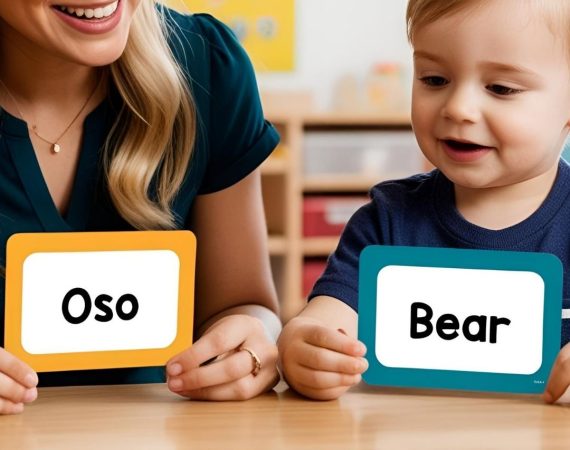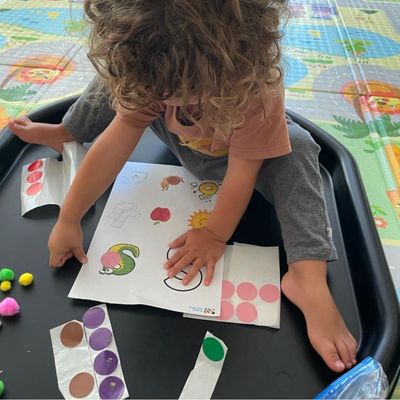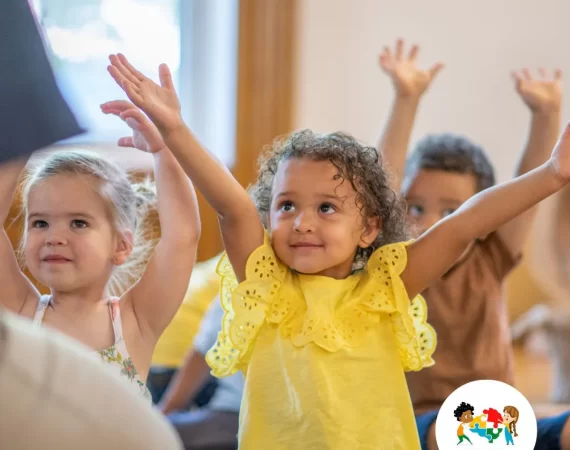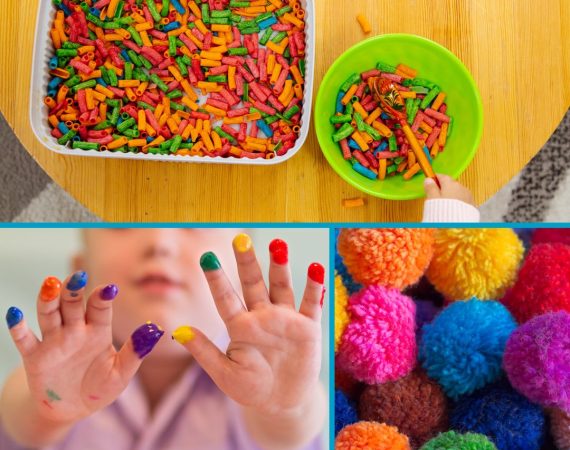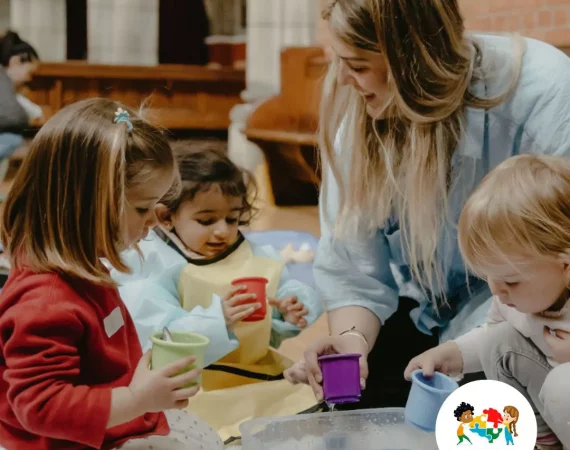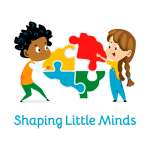Bilingualism Myths for Under‑5s (Clear & Evidence‑Based)
As parents, we all want the best for our little ones, especially regarding their language development. In London, where multiculturalism thrives, many families are raising their children in bilingual environments. However, myths surrounding bilingualism can lead to confusion and hesitation. Navigating these waters can be challenging, but we’re here to clarify the facts and dispel common myths. By the end of this article, you’ll feel empowered to support your child’s bilingual journey, ensuring they thrive both linguistically and socially.
🎯 Understanding Bilingualism: The Myths and the Facts
Bilingualism is a beautiful gift that offers numerous advantages. Unfortunately, several myths can cloud parents’ understanding of how bilingualism works in early childhood. Let’s explore some of these misconceptions and replace them with evidence-based insights.
1. Myth: Bilingualism Confuses Children
Fact: Research shows that bilingual children are not confused by learning two languages. In fact, they have an enhanced ability to differentiate between languages from a young age. Studies indicate that bilingual children can switch between languages seamlessly, a skill known as code-switching.
2. Myth: Bilingual Children Speak Later than Monolinguals
Fact: While some bilingual children may take longer to start speaking, they typically reach the same milestones as their monolingual peers. The key is that they may be processing more complex language structures as they learn. Many bilingual children exhibit advanced cognitive skills, such as problem-solving and critical thinking, due to their exposure to multiple languages.
3. Myth: Bilingualism Leads to Language Delay
Fact: Bilingualism does not cause language delays. Instead, it can enhance cognitive flexibility and improve overall communication skills. Bilingual children often develop stronger listening skills and a better understanding of language nuances, which can aid their academic success later on.
4. Myth: Children Must Be Exposed to Both Languages Equally
Fact: It’s not necessary for children to receive equal exposure to both languages. What matters is consistent and meaningful interaction in each language. For example, if a child hears Spanish at home and English at nursery, they can still become proficient in both languages.
5. Myth: Learning Two Languages Slows Down Language Acquisition
Fact: Numerous studies indicate that bilingual children may take longer to develop their vocabulary initially, but they catch up quickly. The benefits of bilingualism, such as improved cognitive skills and cultural awareness, far outweigh any temporary delays.
🌱 Practical Tips for London-Based Parents
If you’re raising a bilingual child in London, here are some practical tips to support their language development:
-
Create a Language-Rich Environment: Surround your child with books, songs, and conversations in both languages. Visit local libraries or community centres that offer bilingual resources.
-
Engage in Play-Based Learning: Use play to reinforce language skills. Activities like role-playing or storytelling can be a fun way to practice both languages.
-
Establish Language Days: Dedicate certain days or times to each language. For example, you could speak Spanish at home during the week and switch to English during weekends.
-
Connect with Other Bilingual Families: Join local groups or playdates where both languages are spoken. This social interaction can boost your child’s confidence and language skills.
-
Be Patient and Supportive: Celebrate your child’s progress, no matter how small. Encourage their efforts and provide positive reinforcement to keep them motivated.
📚 Research-Backed Benefits of Bilingualism
Bilingualism has been linked to numerous cognitive and social advantages for children, including:
-
Enhanced Cognitive Skills: Bilingual children often excel in problem-solving and critical thinking tasks.
-
Cultural Awareness: Exposure to multiple languages fosters an appreciation for diverse cultures, making children more empathetic and open-minded.
-
Improved Executive Functioning: Bilingualism is associated with better attention control, task switching, and working memory.
💬 Parent Testimonial
“Raising my child bilingual has been one of the most rewarding experiences. I’ve seen how they engage with both languages effortlessly, and it fills me with joy to witness their cultural understanding grow.” – Maria, London
✨ Conclusion + CTA
Understanding the truths behind bilingualism can empower parents to provide the best support for their children. The benefits of being bilingual are immense, from cognitive advantages to cultural appreciation. At Shaping Little Minds, we are dedicated to nurturing bilingual children through engaging activities and immersive experiences.
Ready to give your child the gift of bilingualism? Book a trial or term today at www.shapinglittleminds.uk/bookings and watch them flourish in both languages!

